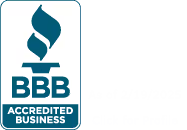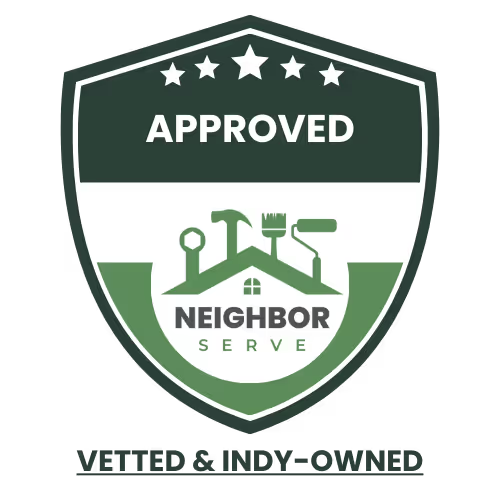Water damage can happen to any home or business without warning. Burst pipes, flooding, or roof leaks can cause standing water that needs immediate attention. Water extraction services remove standing water and moisture from buildings to prevent serious damage and health risks.
Quick action makes a huge difference when dealing with water damage. Standing water can cause mold growth, structural damage, and destroy personal belongings within hours. Professional water extraction teams use special equipment to remove water fast and dry out affected areas completely.
Understanding what these services include and how much they cost helps property owners make smart decisions during stressful situations. From knowing what insurance covers to picking the right company, having the right information can save time, money, and prevent bigger problems down the road.
In this article, you’ll learn how water extraction services work, what they cost, and how to coordinate emergency removal with insurance.
Let’s break down the key points you should consider.
- What water extraction actually does
- What's included in professional water extraction services
- Water extraction cost in Indianapolis and what to expect
- Insurance basics made simple
- Choosing water extraction companies you can trust
What water extraction actually does
Water extraction removes standing water and hidden moisture from damaged areas to stop further harm to your property. Quick removal protects building materials from permanent damage and prevents health hazards from developing.
How fast removal protects floors, walls, and wiring
Time is critical when water invades your home. Water soaks into porous materials within minutes and causes permanent damage within hours.
Hardwood floors warp and buckle when water sits too long. The boards swell and push against each other. This creates gaps and uneven surfaces that require replacement.
Drywall absorbs water like a sponge. The paper backing becomes soggy and falls apart. Paint peels off in sheets. The wall structure weakens and may need complete removal.
Electrical systems face serious risks from standing water. Water conducts electricity and creates shock hazards. Circuit breakers may trip to protect the system. Outlets and switches corrode when exposed to moisture.
Professional extraction within 24-48 hours prevents most permanent damage. Fast removal keeps repair costs low and saves original materials.
What pros use to pull water from carpets and subfloors
Professional crews bring powerful equipment designed for deep water removal. Truck-mounted extractors provide the strongest suction available. These units pull thousands of gallons per hour from flooded areas.
Portable extractors work in tight spaces where trucks cannot reach. They connect to multiple hoses and cover large areas quickly.
Specialized tools target hidden moisture:
- Weighted wands press deep into carpet padding
- Injecti-dry systems pull water through small holes in floors
- Sub-surface extraction mats cover entire rooms
- Moisture meters find water trapped in walls
Carpet requires lifting in severe floods. Professionals remove padding completely since it holds water and breeds mold. They drill small holes in subfloors to extract trapped water underneath.
Air movers and dehumidifiers finish the drying process after extraction removes standing water.
When emergency water removal prevents mold and odors
Mold starts growing within 24-48 hours in wet conditions. Emergency water removal stops this timeline before spores take hold.
Professional extraction removes the moisture mold needs to survive. Quick drying keeps humidity levels below 60 percent. This creates an environment where mold cannot grow.
Standing water develops bacteria that creates foul smells. The odors soak into porous materials like carpet and drywall. Emergency extraction removes contaminated water before odors set in permanently.
Sewage backups require immediate attention. Raw waste contains dangerous bacteria and viruses. Professional extraction removes contaminated materials safely.
Clean water from broken pipes seems harmless but turns dangerous quickly. Bacteria multiply in stagnant water within hours. Fast removal prevents clean water from becoming a health hazard.
Professional crews apply antimicrobial treatments during extraction. These products kill existing bacteria and prevent future growth.
What's included in professional water extraction services
Professional water extraction services provide complete water removal through specialized equipment and systematic processes. These services include moisture detection, powerful water removal, thorough drying, sanitation, and coordination with restoration teams when structural repairs are necessary.
Moisture mapping, pumping, and high-velocity drying
Water extraction teams start by using moisture meters and infrared cameras to map all affected areas. This process finds hidden water in walls, floors, and ceilings that may not be visible.
Professional crews use submersible pumps to remove standing water quickly. These pumps can handle thousands of gallons per hour. For smaller amounts of water, they use wet vacuums and extraction units.
High-velocity air movers create airflow to speed up evaporation. Industrial dehumidifiers pull moisture from the air and materials. Teams place this equipment strategically throughout the affected space.
Temperature control helps the drying process work faster. Warmer air holds more moisture, so teams may use heaters in cool conditions.
Daily moisture readings track progress. Teams adjust equipment placement and settings based on these measurements until all materials reach normal moisture levels.
Cleaning and sanitation for safe, livable spaces
Water extraction includes cleaning all affected surfaces and belongings. Teams remove dirt, debris, and contaminants that water brings into homes and buildings.
Antimicrobial treatments prevent mold and bacteria growth. These treatments are especially important when dealing with contaminated water from sewage backups or flooding.
According to the U.S. Environmental Protection Agency, it’s important to dry water-damaged areas and items within 24–48 hours to prevent mold growth.
Teams clean and sanitize:
- Floors and walls
- Furniture and belongings
- HVAC systems
- Carpets and padding
Air scrubbers with HEPA filters remove airborne particles and odors during the process. These machines run continuously to maintain clean air quality.
Professional-grade cleaning products remove stains and odors that regular household cleaners cannot handle. Teams use EPA-approved disinfectants for health and safety.
Hand-off to water damage restoration when repairs are needed
Water extraction services work closely with water damage restoration teams when structural repairs are needed. The extraction team documents all damage with photos and moisture readings.
This documentation helps restoration contractors understand the full scope of work. Teams provide detailed reports about which materials need replacement versus restoration.
Common repairs that follow extraction include:
- Drywall replacement
- Flooring installation
- Insulation replacement
- Structural repairs
Extraction teams coordinate timing so restoration work can begin immediately after drying is complete. This prevents delays that could allow new moisture problems.
The extraction team may continue monitoring moisture levels during early restoration phases. This ensures materials stay dry throughout the repair process.
Some companies provide both extraction and restoration services under one roof. This streamlines the process and improves communication between teams.
Water extraction cost in Indianapolis and what to expect
Water extraction costs in Indianapolis typically range from $500 to $3,000 depending on damage severity and project complexity. Several key factors determine the final price, including water volume, equipment needs, and site accessibility.
What affects price, from volume of water to access
The amount of standing water directly impacts extraction costs. Small incidents like a burst pipe in one room cost less than whole-house flooding.
Water type matters significantly:
- Clean water (broken pipes): Lower cost
- Gray water (washing machines, dishwashers): Medium cost
- Black water (sewage, flooding): Highest cost due to contamination
Accessibility plays a major role in pricing. Ground-floor damage costs less to address than flooded basements. Technicians need clear paths to move equipment efficiently.
Location factors include:
- Distance from street to affected area
- Stairs or obstacles blocking access
- Available parking for service vehicles
The type of flooring and materials affected also changes costs. Hardwood and carpet require different extraction methods than concrete or tile.
How estimates work with fans, dehumidifiers, and time on site
Indianapolis water extraction companies typically provide free estimates. They assess damage scope and calculate equipment needs during the initial visit.
Equipment rental costs factor into estimates:
- Industrial fans: $50-100 per day each
- Commercial dehumidifiers: $75-150 per day each
- Air movers: $30-75 per day each
HomeGuide reports that water extraction and drying services generally fall between $4 and $12 per square foot, depending on the type of water and equipment needed.
Time on site varies by project size. Simple extraction jobs take 4-6 hours. Complex cases require multiple days with equipment running continuously.
Labor costs in Indianapolis average $75-125 per hour per technician. Most jobs need 2-3 workers for efficient water removal.
Estimates include disposal fees for contaminated materials. Carpet padding and damaged drywall require proper disposal methods.
When a flat fee makes sense and when it doesn't
Flat fee pricing works best for standard residential water extraction jobs. Companies offer fixed rates for common scenarios like appliance leaks or small pipe bursts.
Typical flat fee situations:
- Single room flooding under 200 square feet
- Clean water only
- Easy ground-floor access
- Standard 8-10 hour extraction timeline
Hourly billing makes more sense for complex projects. Large commercial spaces, multi-story damage, or black water situations need flexible pricing.
Hourly billing indicators:
- Damage scope unknown during estimate
- Multiple water types present
- Structural drying requirements unclear
- Access challenges or permit needs
Some companies use hybrid pricing. They charge a flat extraction fee plus hourly rates for additional services like content moving or specialty drying.
Insurance basics made simple
Most water damage insurance claims follow similar patterns, but success depends on understanding what policies cover and gathering the right documentation. Working closely with insurance adjusters ensures faster approval and payment.
What policies usually cover and common exclusions
Standard homeowner's insurance typically covers sudden water damage from burst pipes, appliance malfunctions, and roof leaks. This includes water extraction services when the damage happens quickly and unexpectedly.
Covered water damage sources include:
- Broken water heaters
- Washing machine hose failures
- Toilet overflows
- Ice dam roof damage
Common exclusions can surprise homeowners. Flood damage from storms or rising water requires separate flood insurance. Gradual leaks that develop over time often get denied.
Sewer backups need special coverage in most policies. Ground water seepage typically falls under exclusions too.
Maintenance-related damage rarely gets approved. Insurance companies expect homeowners to keep pipes and appliances in good condition.
Photos, readings, and reports that speed claim approvals
Document everything immediately after discovering water damage. Take photos of standing water, damaged items, and the water source before cleanup begins.
Professional water extraction companies use moisture meters and thermal imaging. These tools create detailed reports that insurance companies trust more than homeowner estimates.
Key documentation includes:
- Photos of all affected areas
- Moisture level readings
- Equipment placement records
- Daily progress reports
Time stamps matter for insurance claims. Photos showing the extent of damage help prove the loss happened suddenly rather than gradually.
Many restoration companies work directly with insurance adjusters. They handle documentation requirements and submit reports that support faster claim processing.
How coordination with adjusters keeps the process moving
Contact your insurance company within 24 hours of discovering water damage. Most policies require prompt notification to maintain coverage.
Insurance adjusters schedule property inspections quickly for water damage claims. They understand that delays lead to mold growth and higher repair costs.
Professional water extraction teams know what adjusters look for during inspections. They can explain their equipment choices and drying strategies in terms insurance companies understand.
Communication stays simple when restoration companies handle adjuster questions. They speak the same technical language and understand coverage limitations.
Some adjusters approve emergency water extraction services before completing full inspections. This prevents additional damage while claim details get sorted out.
Choosing water extraction companies you can trust
Finding trustworthy water extraction companies requires checking specific credentials, asking detailed questions upfront, and working with services that offer fast response times. The right company will have proper certifications, advanced equipment, and clear contracts that protect your interests.
Credentials, equipment, and response times that matter
Licensed water extraction companies carry proper insurance and certifications from organizations like the Institute of Inspection, Cleaning and Restoration Certification (IICRC). These credentials show they follow industry standards for water damage restoration.
Equipment quality makes a huge difference in results. Professional companies use industrial-grade pumps, commercial dehumidifiers, and moisture detection tools. They also have truck-mounted extraction units that remove water faster than portable equipment.
Response time can prevent thousands of dollars in additional damage. Water causes more problems each hour it sits in your home. Look for companies that answer calls 24/7 and arrive within 1-2 hours of your call.
Ask to see their license and insurance certificates before work begins. Companies should also provide references from recent jobs in your area.
Questions to ask before work begins and what should be in writing
Get written estimates from at least three water extraction companies before choosing one. The estimate should include all services like water removal, drying, and cleanup. It should also list timeline expectations and total costs.
Ask these specific questions:
- Do you guarantee your work?
- Will you work directly with my insurance company?
- What happens if you find mold during the process?
- How long will the drying process take?
The contract must include start and completion dates, payment terms, and what happens if they damage your belongings. It should also specify which areas they will treat and what equipment they will use.
Never sign blank contracts or pay large amounts upfront. Reputable companies typically ask for payment after completing the work.
Want same-day peace of mind? Michaelis can extract water and set up drying today
Michaelis provides emergency water extraction services with same-day response throughout the service area. Their certified technicians arrive with truck-mounted extraction equipment and begin removing water immediately.
The team sets up industrial drying equipment during the first visit to prevent mold growth and structural damage. They monitor moisture levels daily and adjust equipment as needed until your home is completely dry.
Michaelis works directly with insurance companies to handle paperwork and claims. They provide detailed documentation of all damage and restoration work for your records.
Their 24/7 emergency hotline connects you with a live person, not an answering service. Most customers receive a callback within 15 minutes and see technicians at their door within two hours of the initial call.
Conclusion
Water extraction services serve a vital role in both emergency response and water resource management. These services help communities recover from floods and water damage while providing access to clean water sources.
The balance between benefits and impacts matters most. Property owners rely on extraction services to prevent mold growth and structural damage. Communities need these services for drinking water and industrial uses.
Responsible practices make the difference. Water extraction companies can minimize negative effects through sustainable methods. This includes monitoring extraction volumes and protecting surrounding environments.
Communities benefit when they implement smart water management strategies. Conservation measures help reduce the need for intensive extraction. Alternative water sources can supplement traditional extraction methods.
The future of water extraction depends on balancing human needs with environmental protection. Companies that adopt responsible practices help ensure water resources remain available for future generations.
Professional water extraction services will continue to evolve. New technologies and methods can reduce environmental impact while maintaining effectiveness. This progress benefits both property owners and the natural environment.
Call a certified Indianapolis water extraction team now to remove standing water fast and prevent costly structural or mold damage.
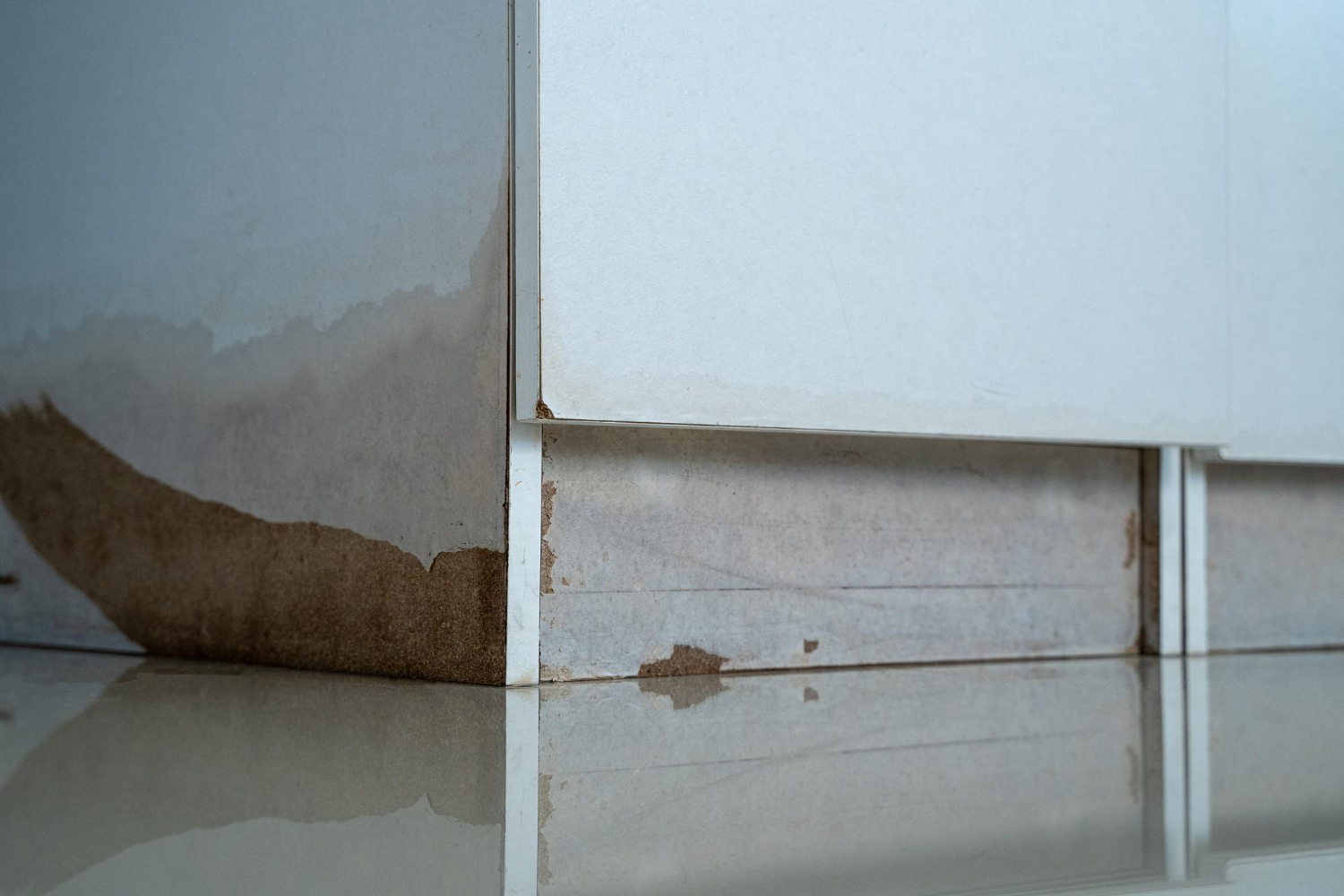
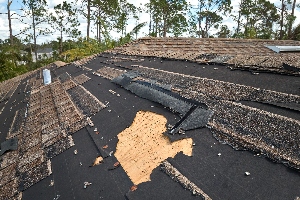
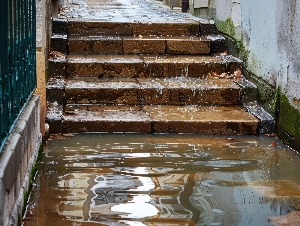
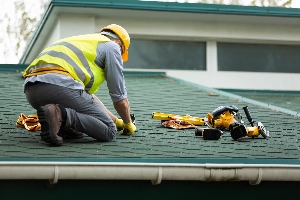
.avif)
